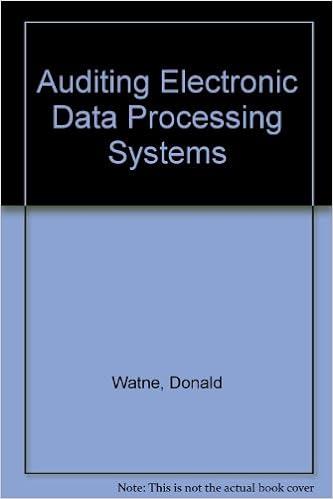
Webster Corp. has a total market value of $6.6 million and has outstanding debt of $4.4 million. Webster Corp. actively manages its equity and debt to maintain a constant debt to equity ratio. The current expected annual rate of return on its debt is 6%, while the expected annual return on its equity is 13.5%. Webster Inc. is considering an investment that will improve the energy efficiency of its operations, and thus permanently reduce its (tax deductible) operating costs by $95,000 per year, with the first reduction beginning one year hence. The initial cost of the investment is $1.14 million, which can be immediately expensed as a current cost. The corporate tax rate is 21%. (a) What is the net of tax cost of the investment to Webster? Since Webster is expensing the investment, what offsetting loss does it incur? Why would it nevertheless prefer the expensing option? (e) Since Webster wants to maintain a constant debt/equity ratio, how much new debt and equity would it need to float to finance the effective cost of the investment as calculated in (a)? Hint: Let S and B be the initial values of equity and debt prior to the project announcement. Let K be the amount of new funds that need to be raised by selling new equity AS and new debt AB. Let AV be the NPV of the project. Show that, to maintain the fixed debt/equity ratio, the new equity and debt issued must solve: es = new and aB = (f) Show that the FTE approach to valuing Webster's investment gives the same project NPV as the WACC approach. Webster Corp. has a total market value of $6.6 million and has outstanding debt of $4.4 million. Webster Corp. actively manages its equity and debt to maintain a constant debt to equity ratio. The current expected annual rate of return on its debt is 6%, while the expected annual return on its equity is 13.5%. Webster Inc. is considering an investment that will improve the energy efficiency of its operations, and thus permanently reduce its (tax deductible) operating costs by $95,000 per year, with the first reduction beginning one year hence. The initial cost of the investment is $1.14 million, which can be immediately expensed as a current cost. The corporate tax rate is 21%. (a) What is the net of tax cost of the investment to Webster? Since Webster is expensing the investment, what offsetting loss does it incur? Why would it nevertheless prefer the expensing option? (e) Since Webster wants to maintain a constant debt/equity ratio, how much new debt and equity would it need to float to finance the effective cost of the investment as calculated in (a)? Hint: Let S and B be the initial values of equity and debt prior to the project announcement. Let K be the amount of new funds that need to be raised by selling new equity AS and new debt AB. Let AV be the NPV of the project. Show that, to maintain the fixed debt/equity ratio, the new equity and debt issued must solve: es = new and aB = (f) Show that the FTE approach to valuing Webster's investment gives the same project NPV as the WACC approach







